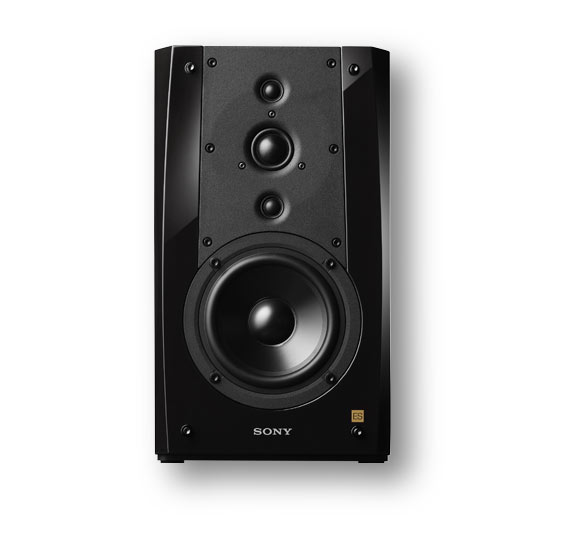SUPERB CONSTRUCTION ETHIC
One finds passion in the design and construction of the NA5ES, including Scandinavian Birch cabinet material, a dual ducted bass reflex enclosure to limit woofer back radiation, and a curved front baffle at the edges to minimize diffraction and tighten the soundstage. A woodworking shop in Hamamatsu impressively won the contract to build the cabinets, “… we asked them to build a prototype but to leave the pieces unglued for inspection. When Kaku visited the workshop, he found a completely assembled cabinet and demanded an explanation. His host simply smiled as a workman with a rubber mallet disassembled the cabinet in a few seconds. The prototype was so precise, all of the pieces held tightly together without any glue at all.” Such attention to detail costs a premium, but it assures that if a company is so particular about the cabinet it will likely be particular about the entirety of the product.
The previously mentioned I-ARRAY System is a configuration of a single 25mm soft dome tweeter flanked by upper and lower 19mm soft dome assist tweeters to broaden frequency and dispersion of the sound source. Unlike super-tweeters, the assisting drivers act in concert with the larger one, lending a line array-like character to the treble, as they overlap the same frequencies as the 25mm primary tweeter. They are said by Sony to provide uniformly broad dispersion, high output, high efficiency and extended response.
Other notable features include the purpose-built 130mm anodized aluminum woofer with a spider made from polyester and cotton, “to lower the resonant frequency while delivering responsive bass.” Polypropylene, capacitor, air core and ferrite core inductors are incorporated in the crossover. After undergoing anechoic chamber tests the speaker receives many rounds of listening tests of music including classical, female vocals and acoustic instrumental. Super Audio CDs are employed in the process as they have extended dynamics.
In some respects the diminutive woofer of the NA5ES reminds me of other recently developed speakers such as the Evolution Acoustics MMMicroOne. Makers of fine speakers like Evolution and Vivid Audio are relying upon the smaller drivers to deliver an extreme experience. Highly rigid cones with tremendously powerful magnets are the rage. Though Audio Note, Harbeth and a few others are still making them, the days of the large resonant box cabinet with oversized Mid or Bass drivers are largely gone, replaced by a phalanx of tidy boxes with tiny pumpers.
PUTTING IT ALL TOGETHER
One of the systems used in consideration of the Sony speaker was comprised of the following; Musical Fidelity CDT-1 Transport, Eastern Electric Minimax DAC Plus with Burson and DEXA discrete Opamps, Pass Labs XP-20 Preamplifier, and Pass X600.5 Solid State Mono Block Amplifiers. For cabling I used the terrifically refined Silent Source “The Music Reference” series. Watch for my review of this cable soon. As a foil to the NA5ES, I compared the Australian made Lenehan ML-1 Reference bookshelf speaker, also in for review, which is a more traditionally oriented two-way with a similar driver configuration sans the I-ARRAY Assist tweeters.
This was a skewed system in terms of distribution of fiscal allocation; it put approximately $75K worth of gear ahead of the speakers. Critics of this methodology would be quick to point out that this is not representative of the average audiophile’s system. They would be correct, and that is precisely the point. When I wish to hear the extent of a speaker system’s capacity I do not economize on the system unless I have to, or unless seeking the expectation of its use with an economical rig. One never hears how good a speaker can be by assessing it with a budget system.
Conversely, a hoity-toity system does not represent the realistically attainable sound of a budget-constrained audiophile. Thus, I also assembled a moderately priced system comprised of the same source and my Pathos Classic One MkIII tube hybrid integrated amps in Mono mode, with Clarity cabling throughout. This represented an approximately $60K lowering of the system price tag, with a valuation of the system at the $15K point, less the speakers.
- ← Previous page
- (Page 2 of 4)
- Next page →

